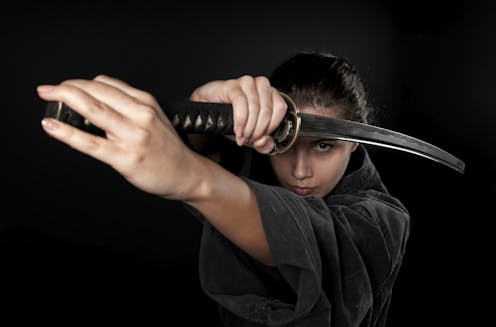

Authors: Lancing C. England, Instructor, University of Tennessee
Read more


